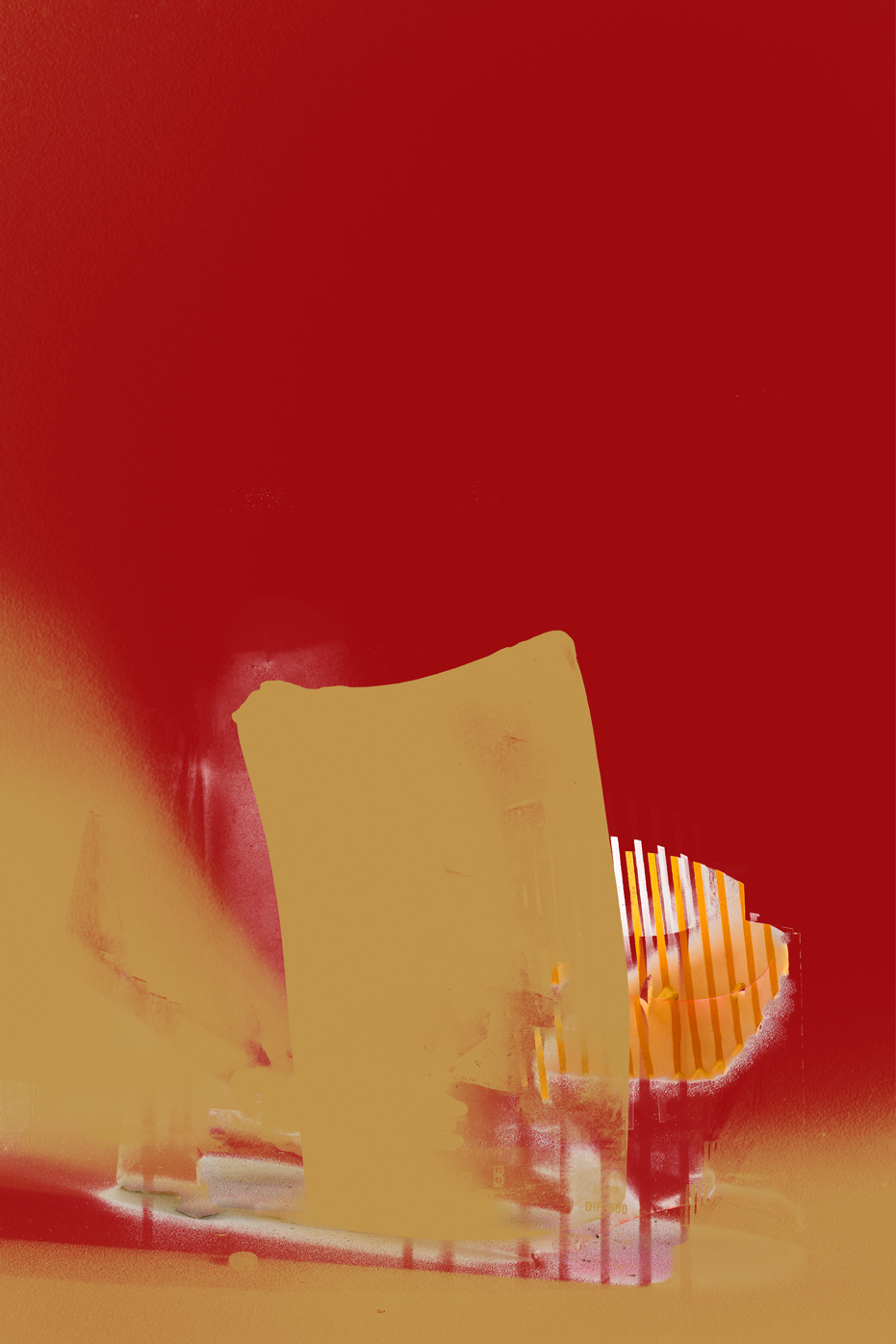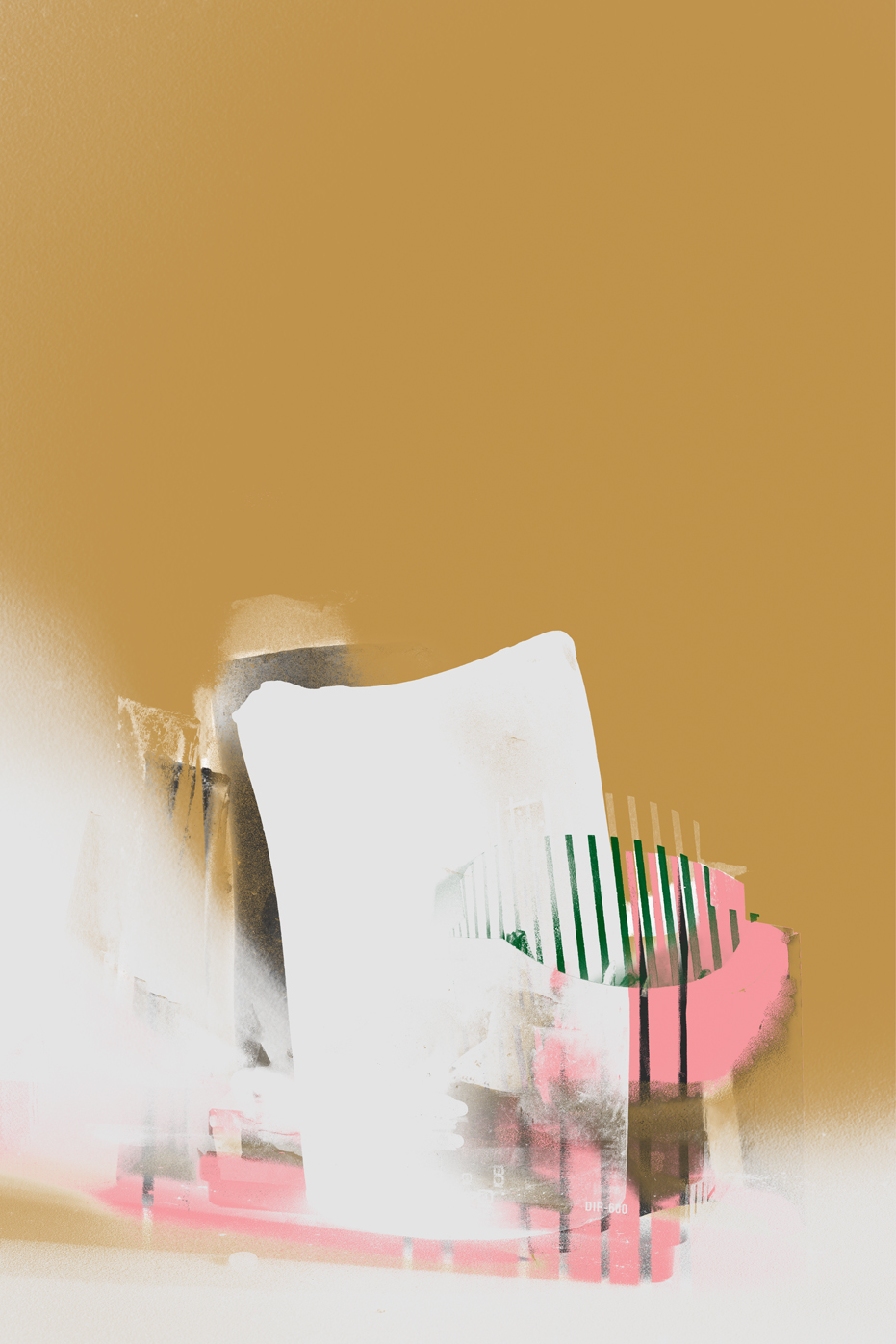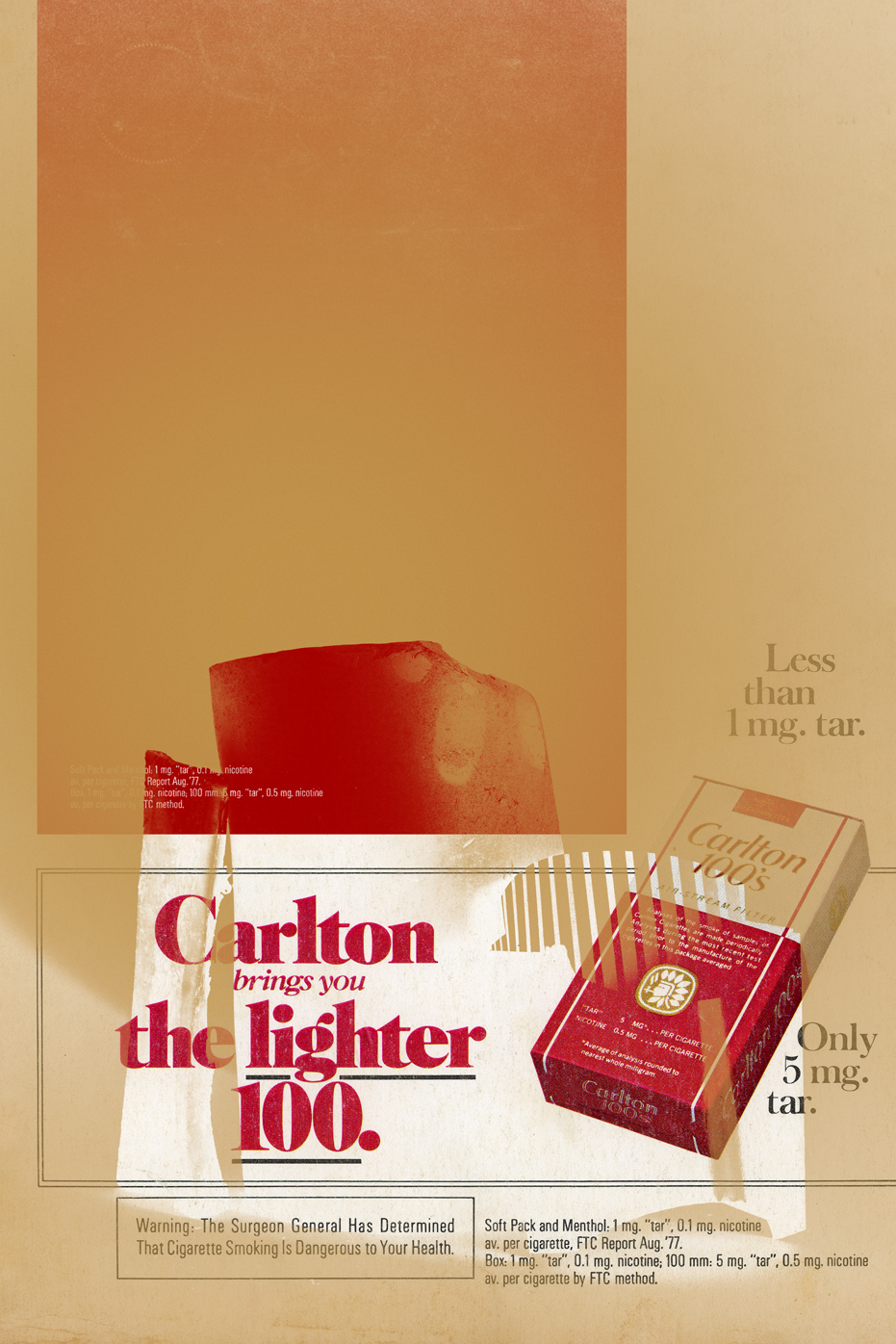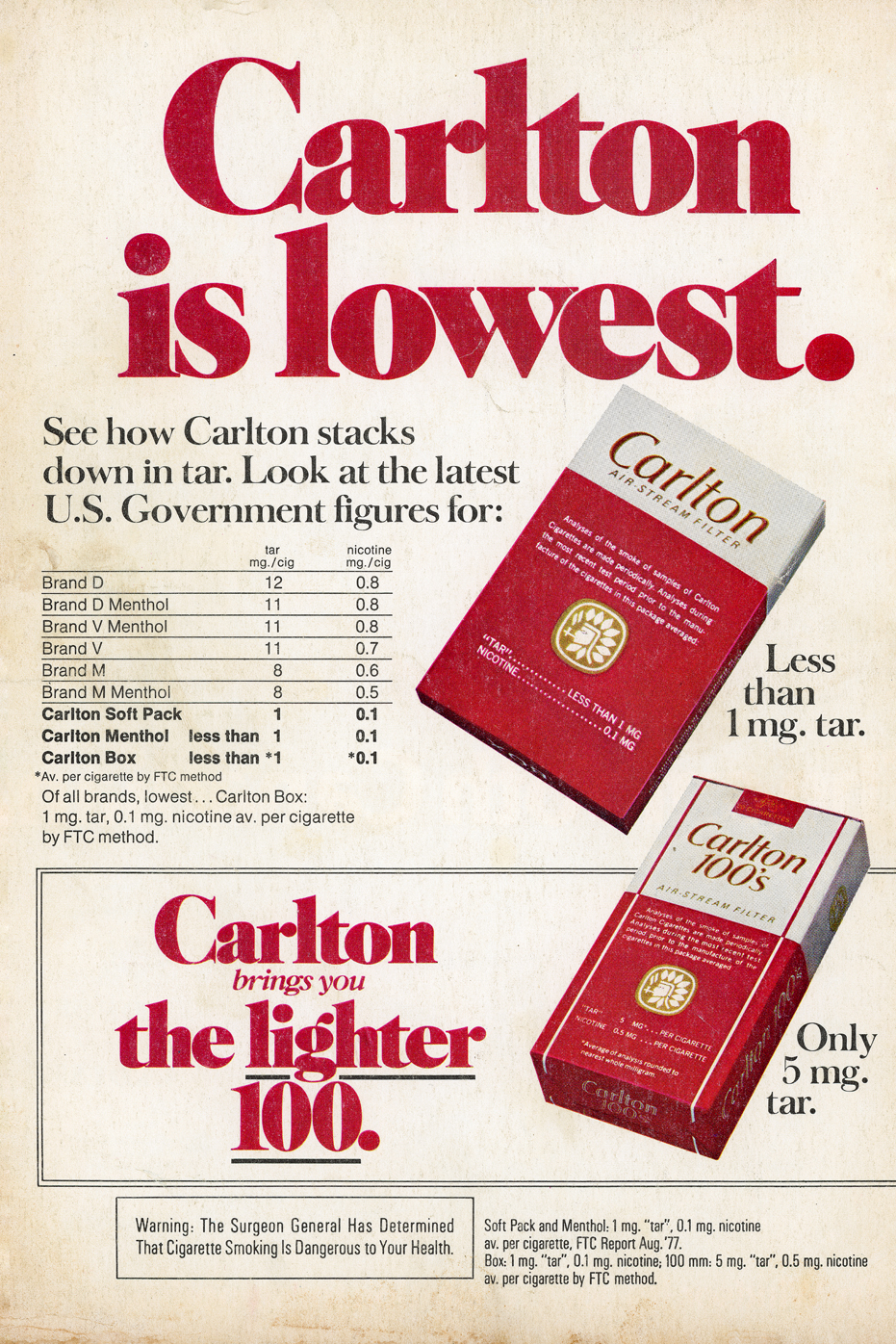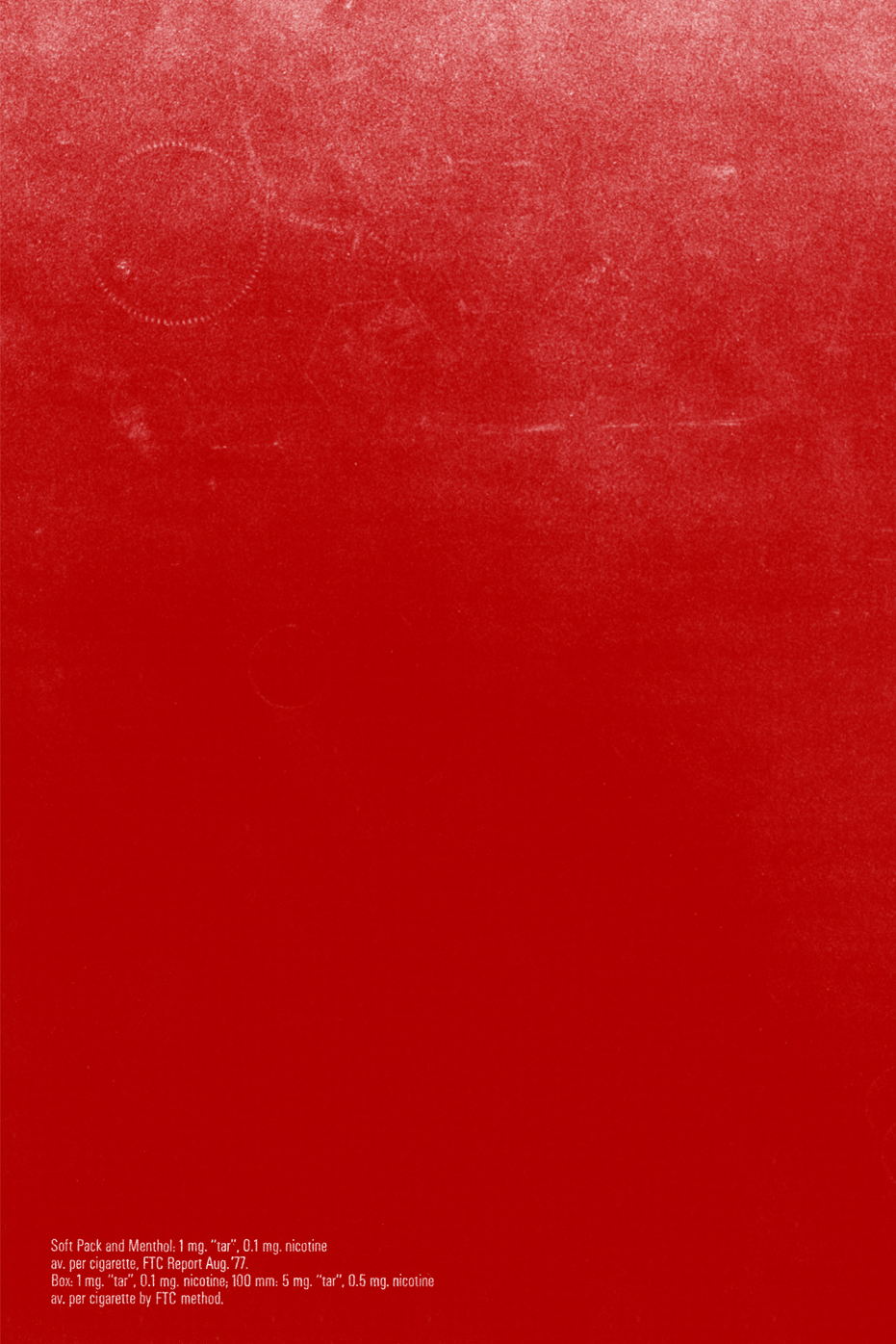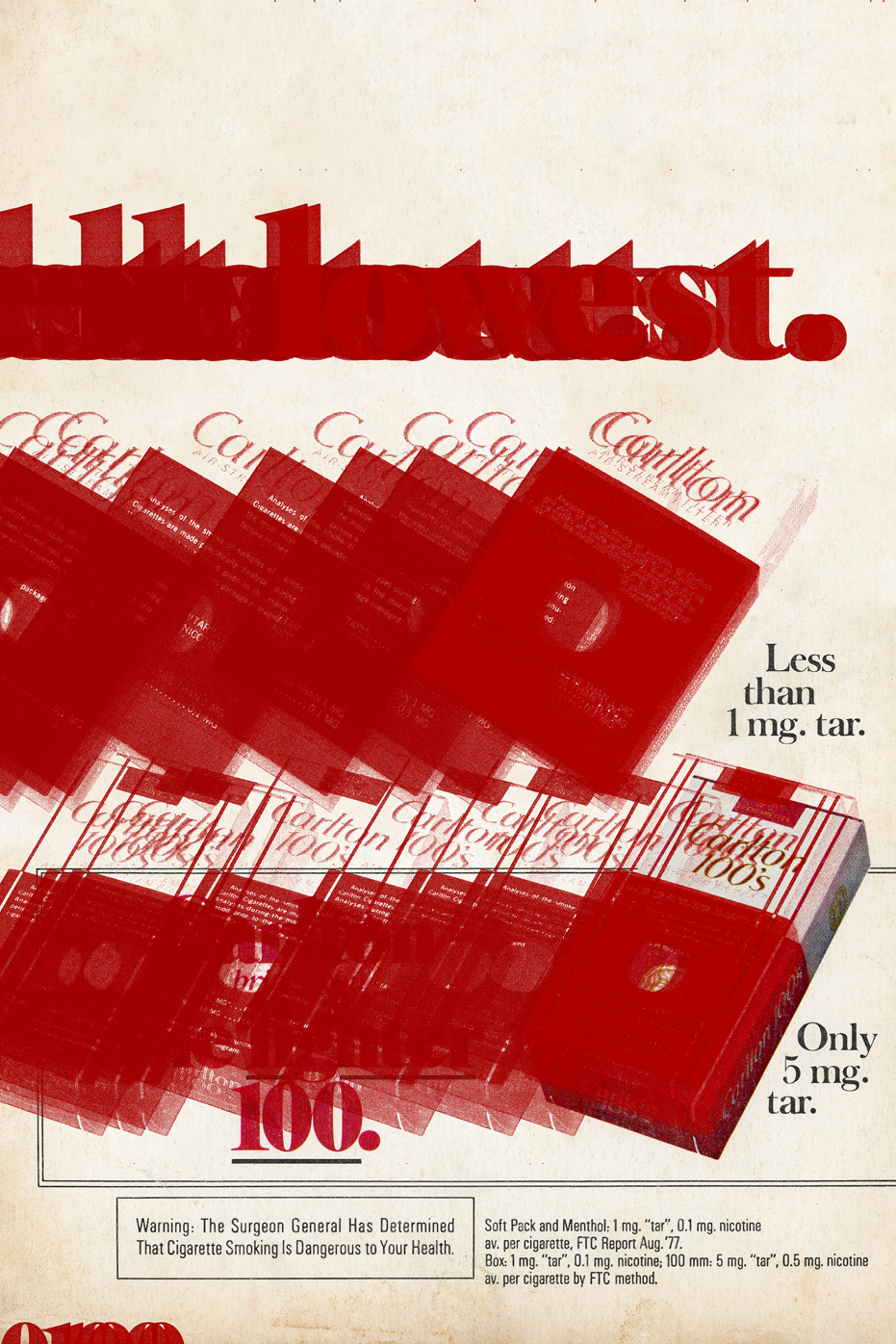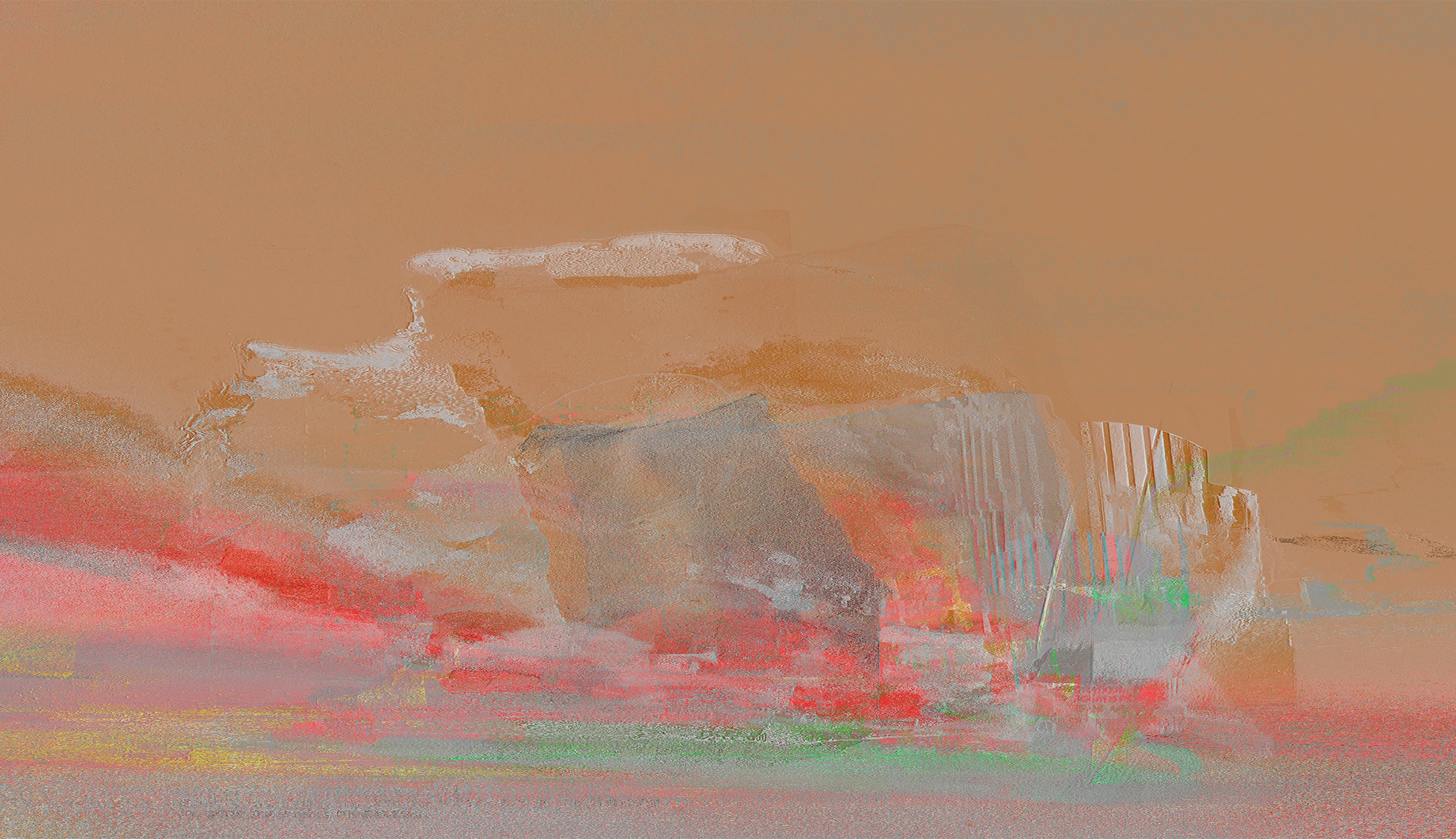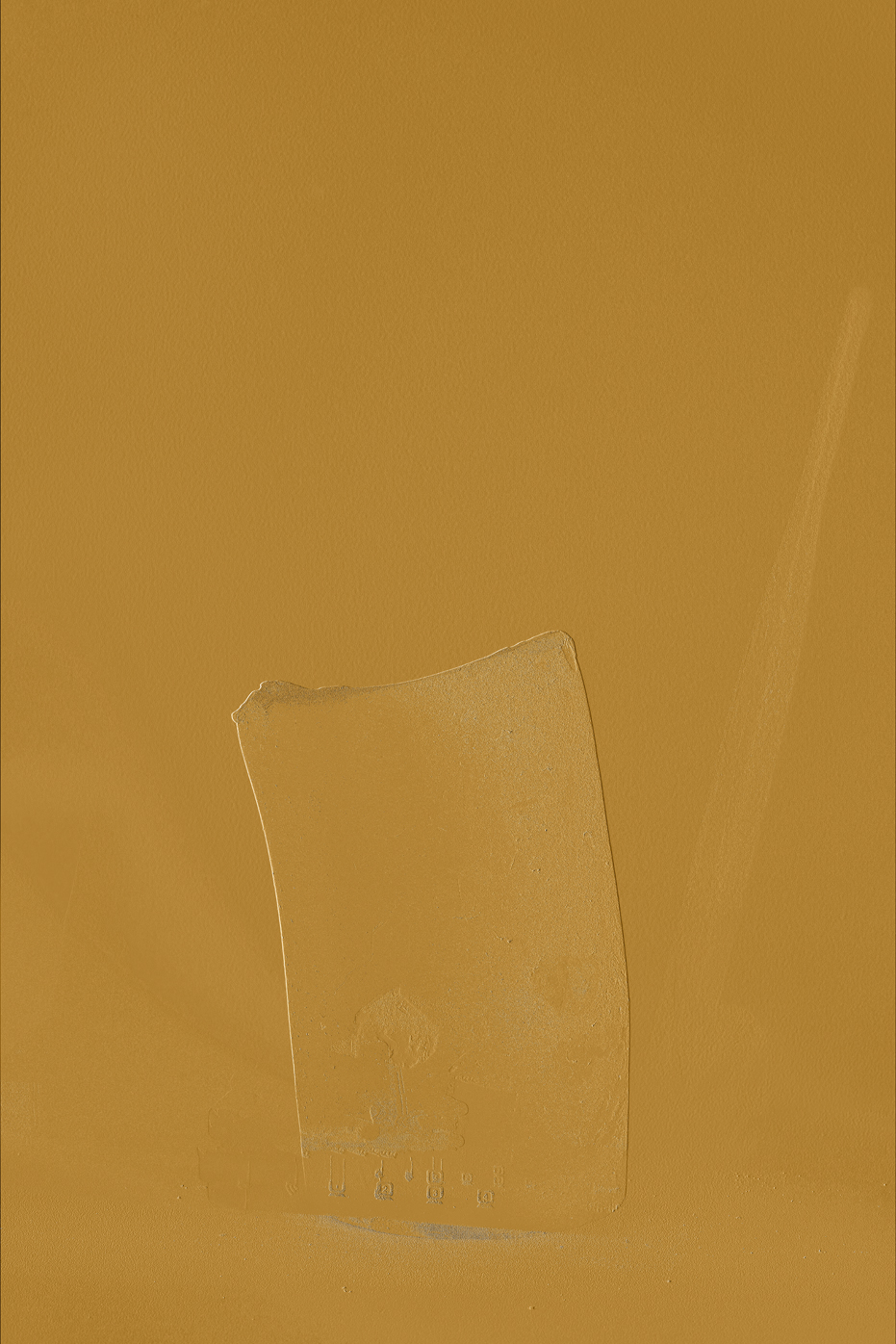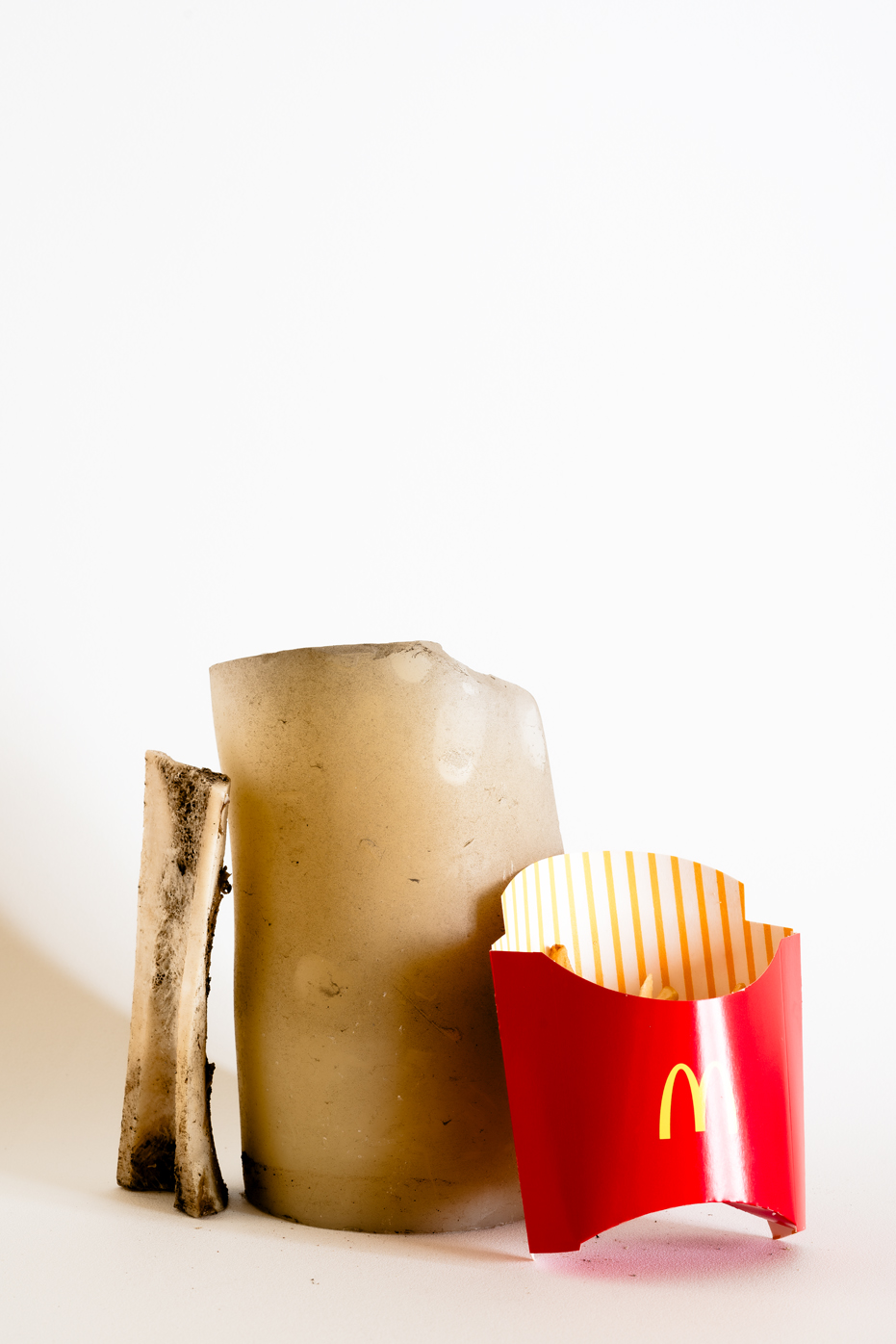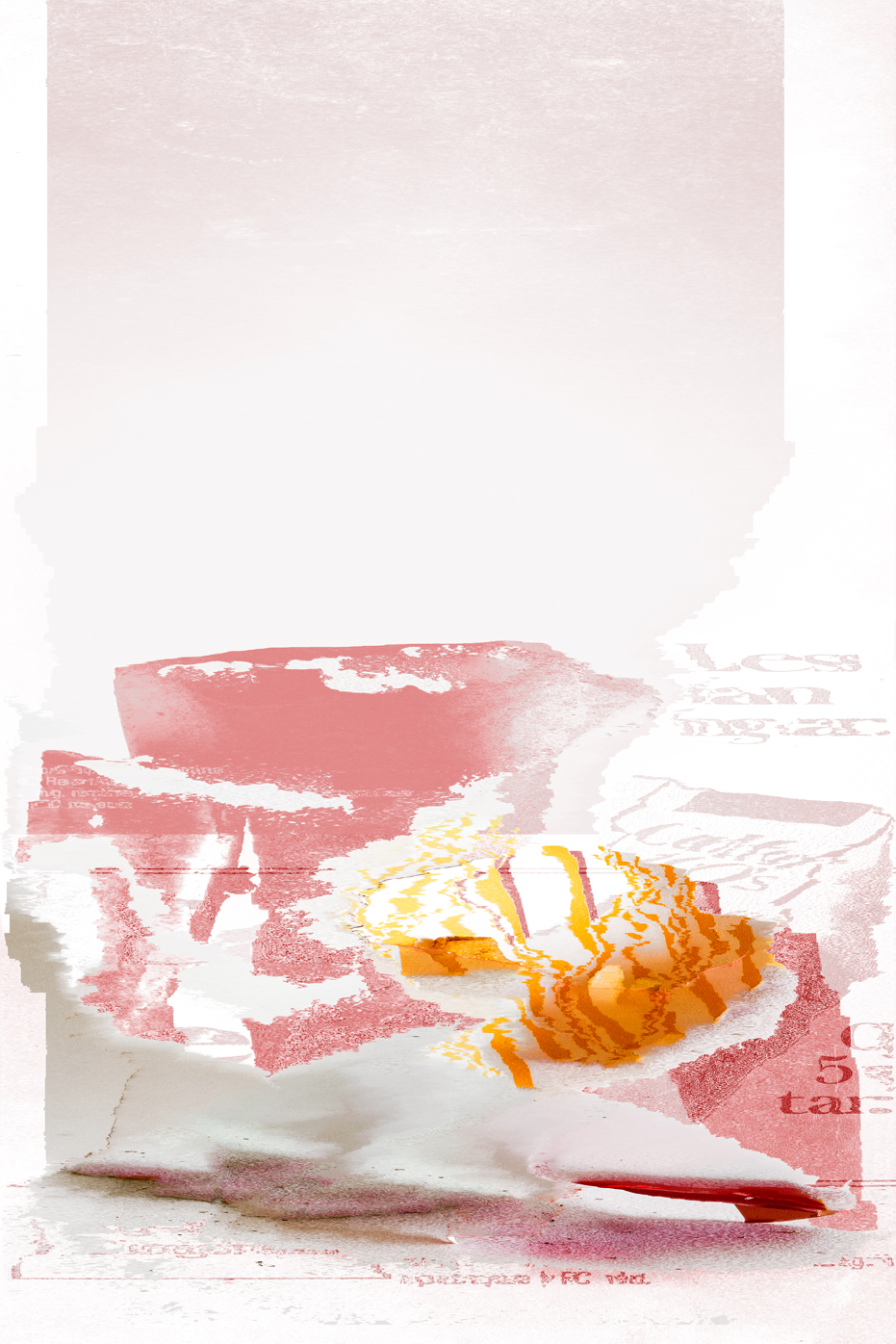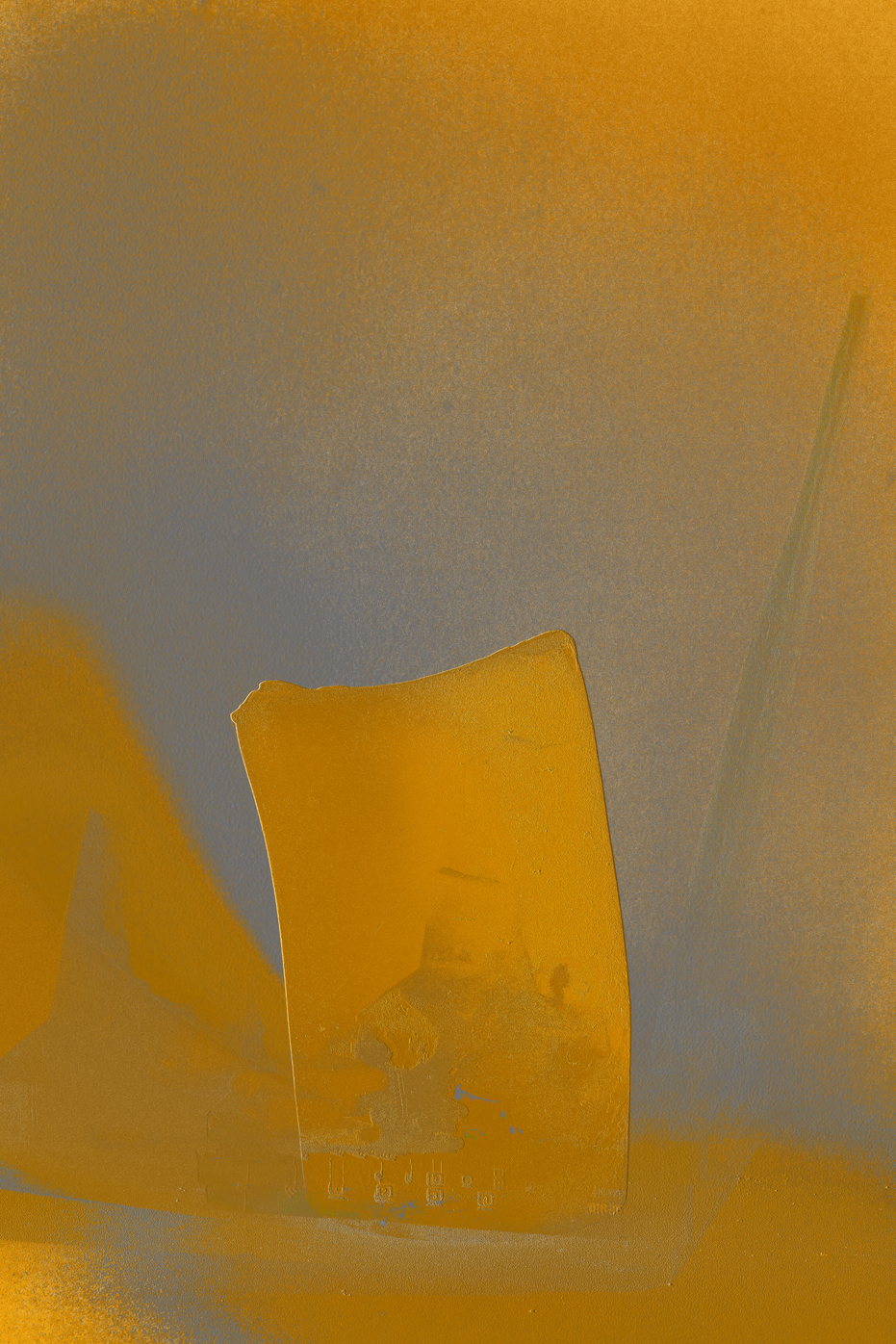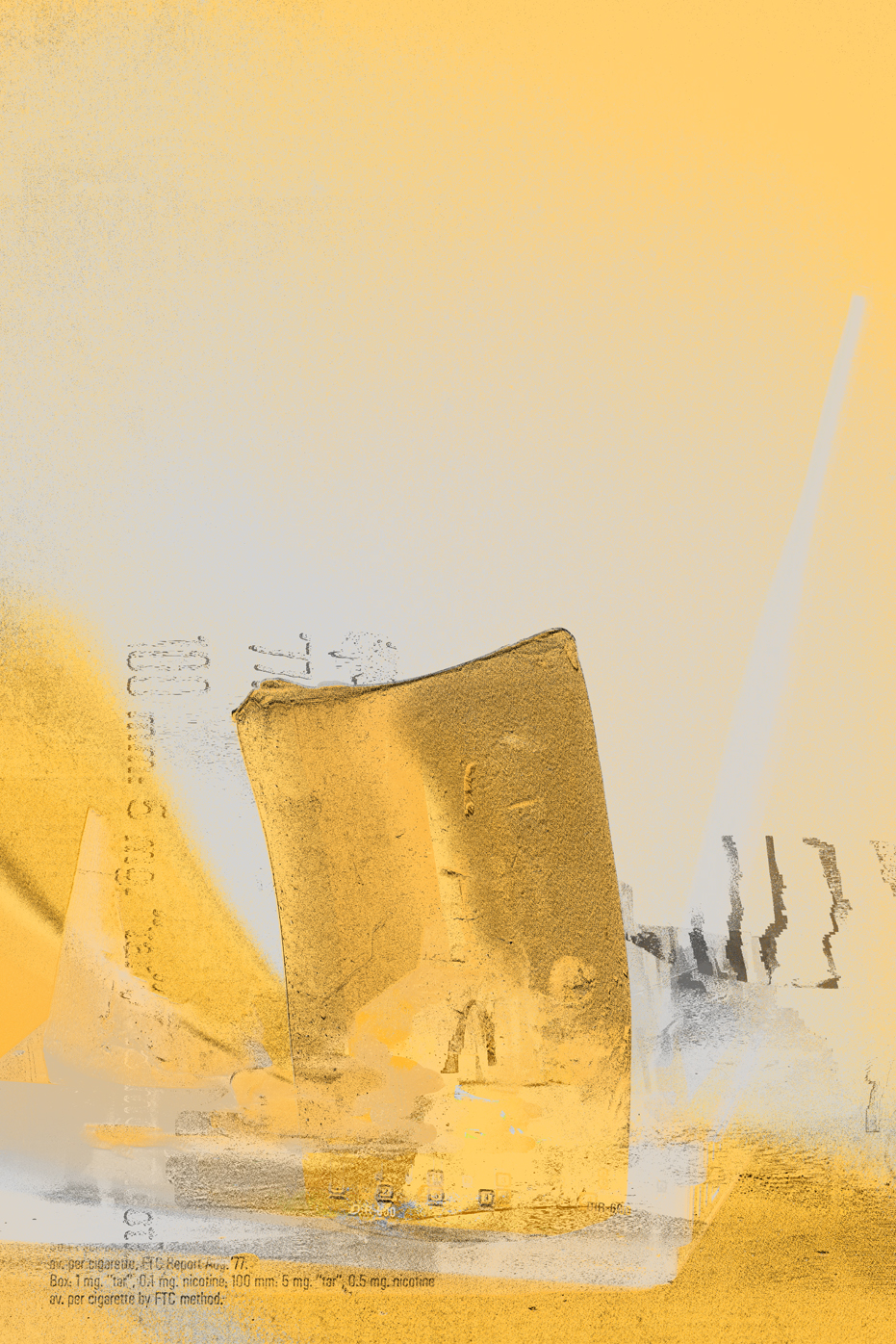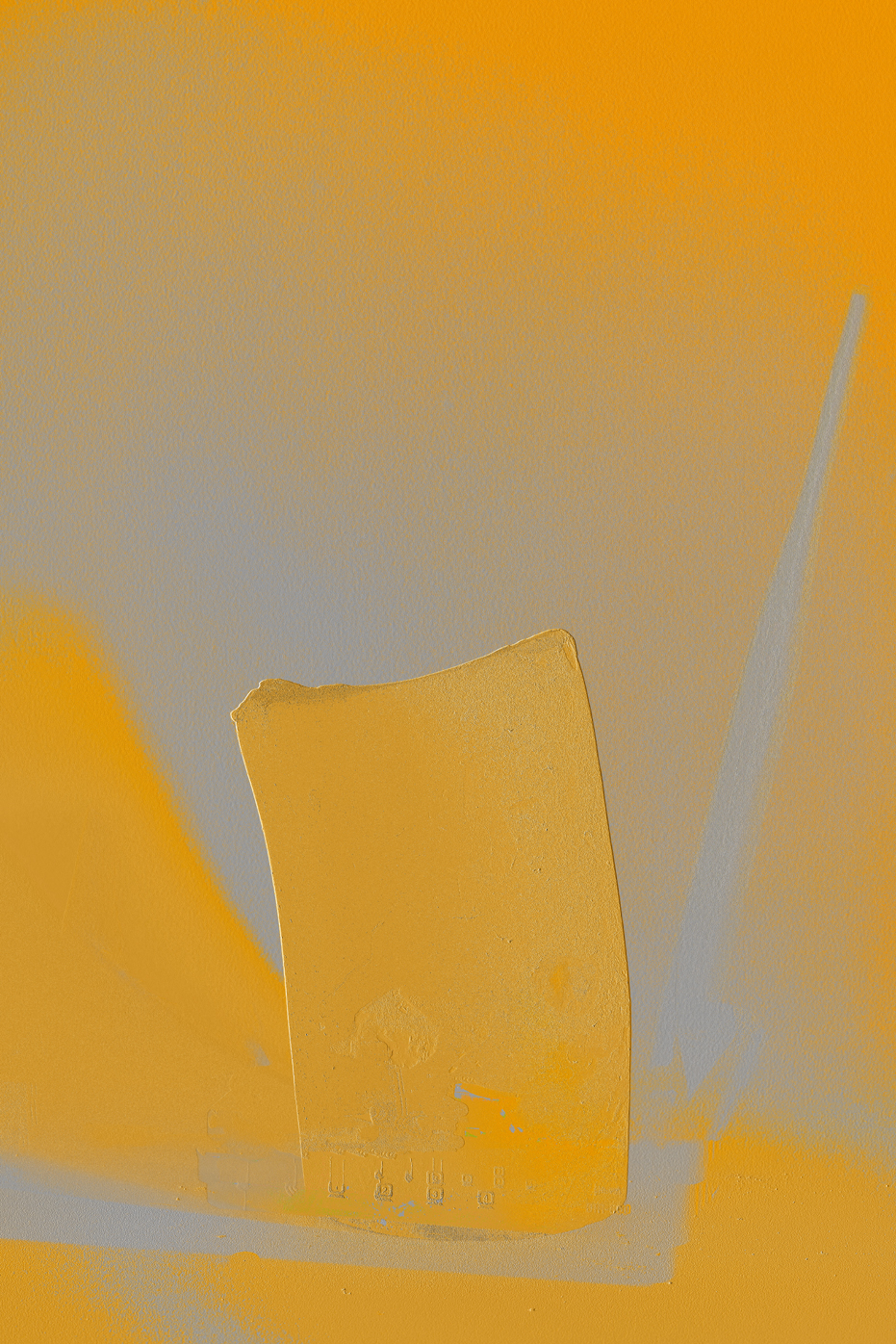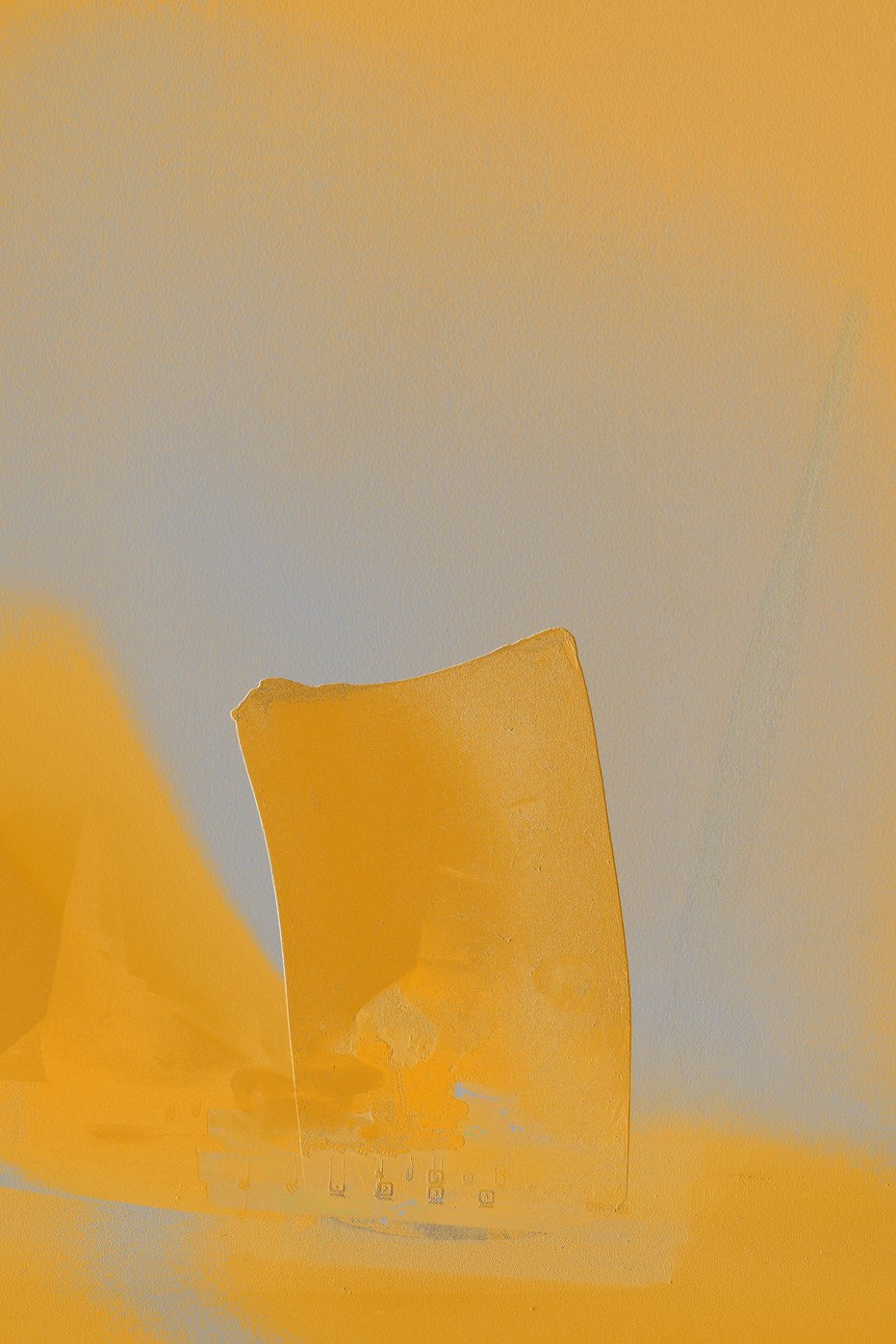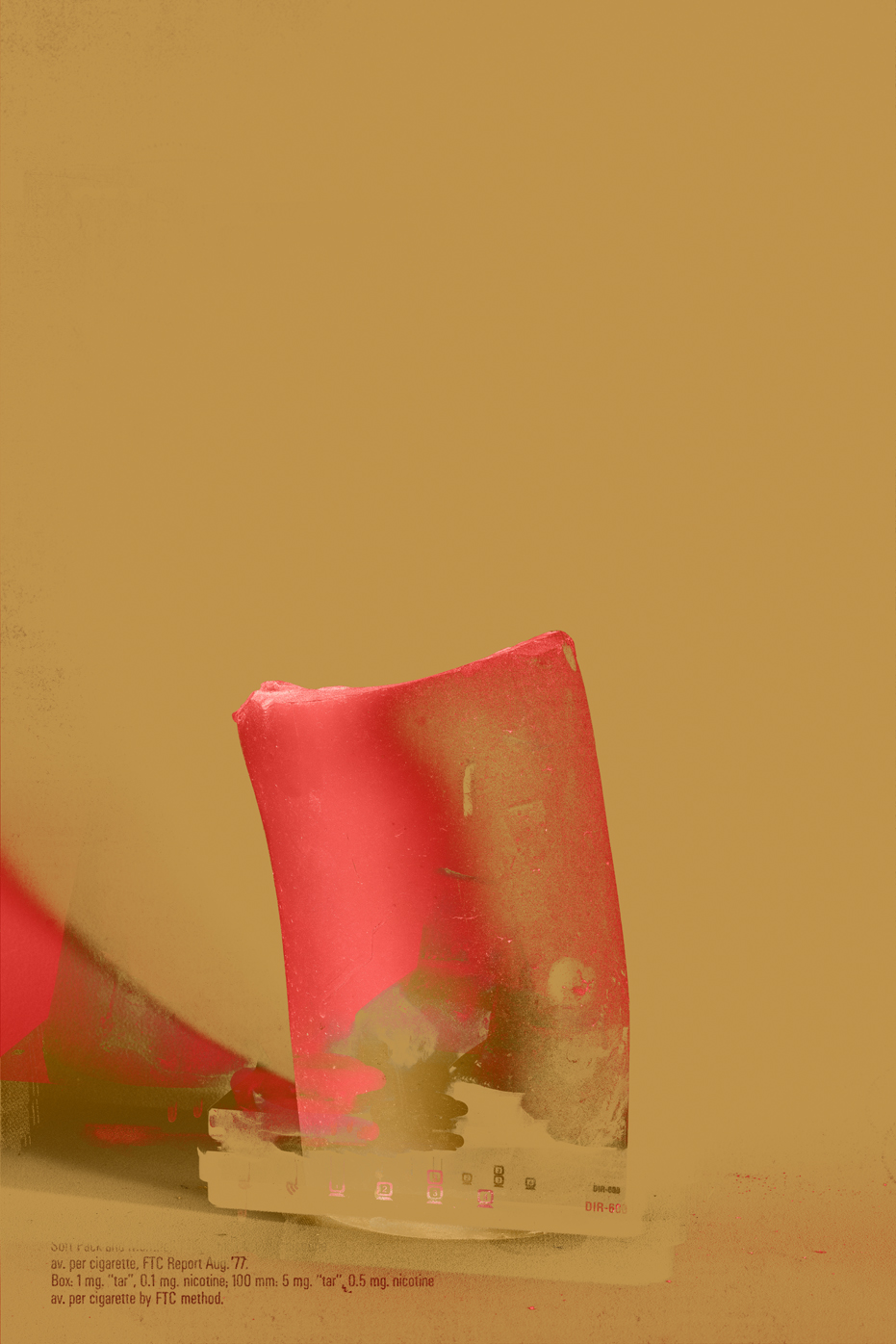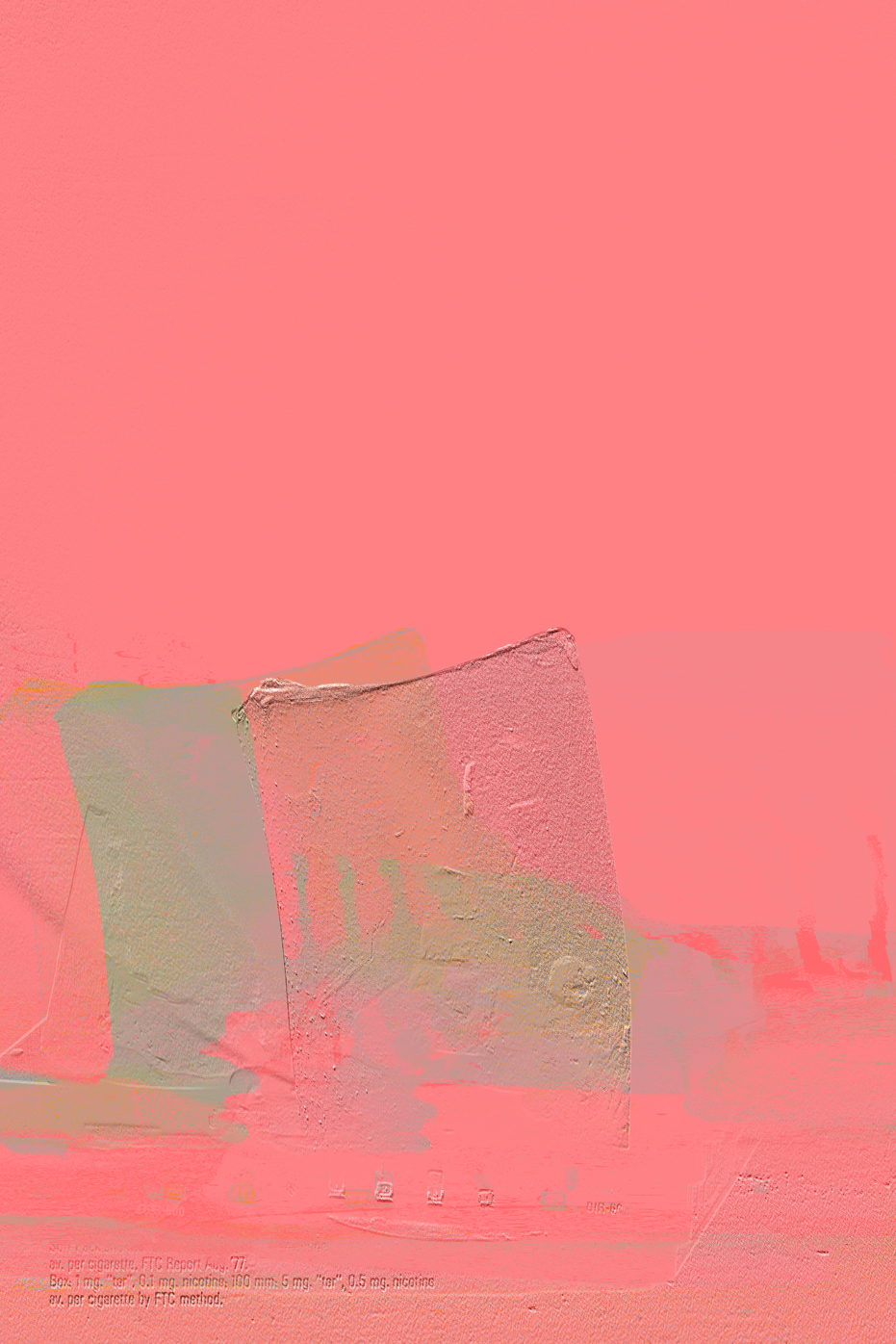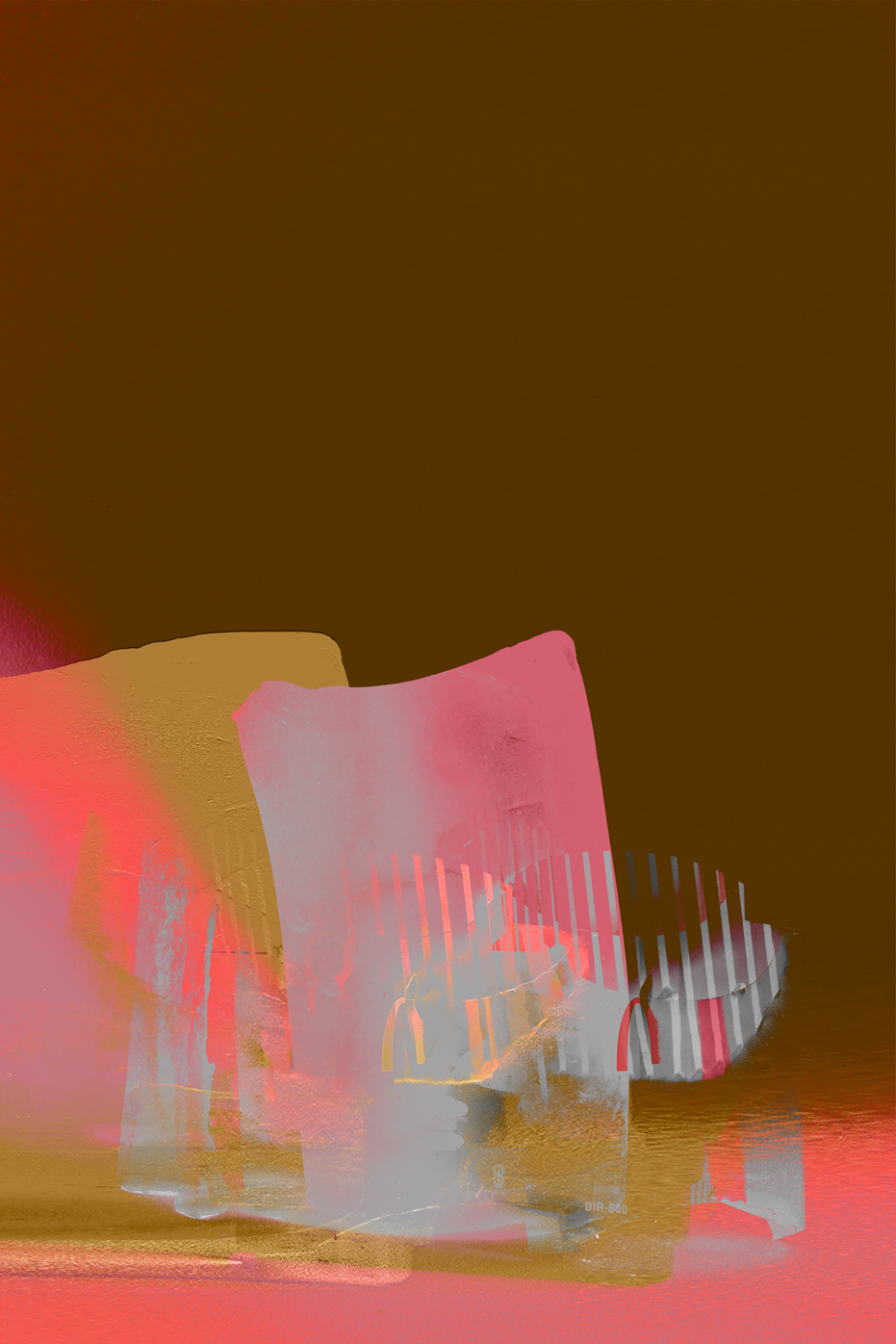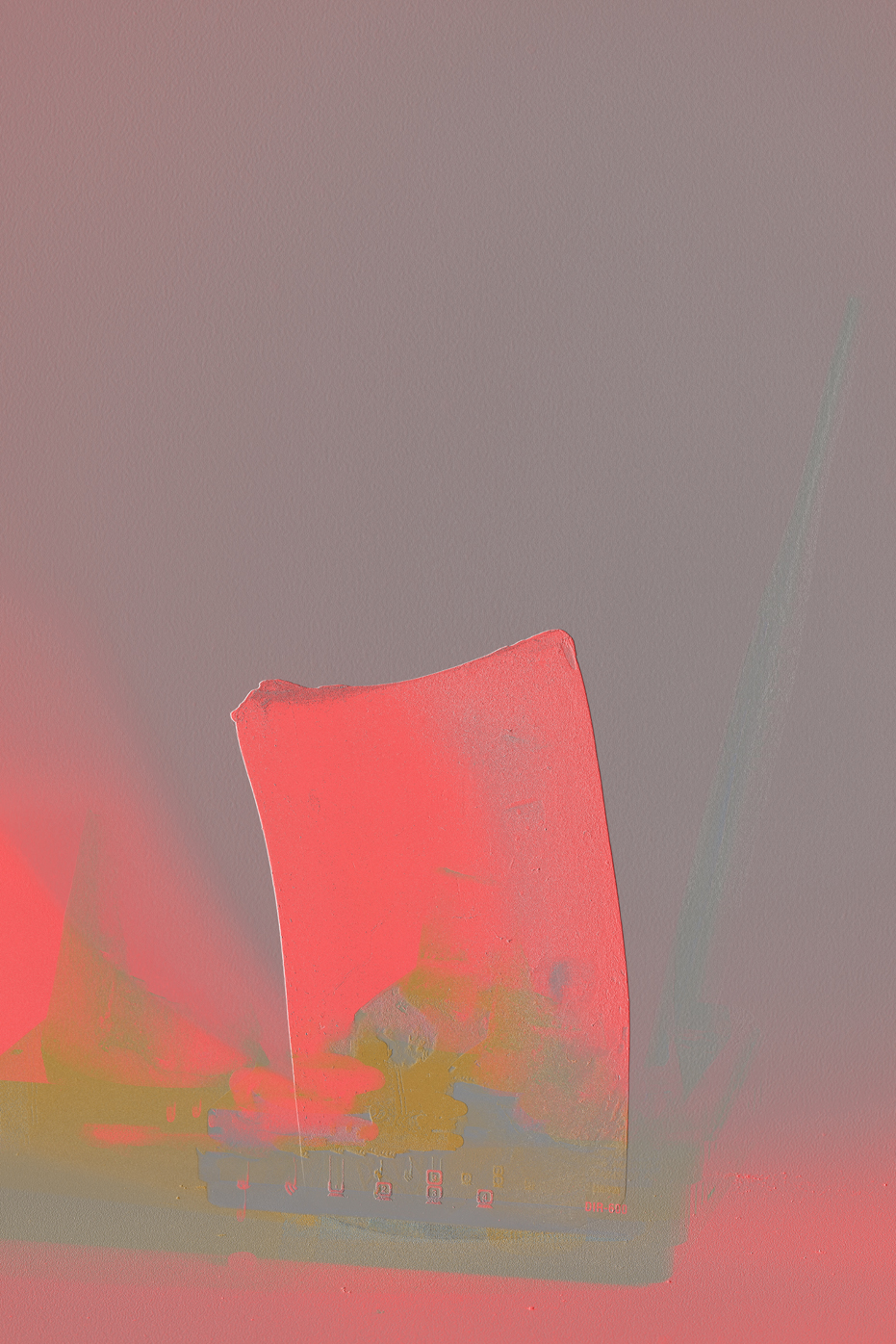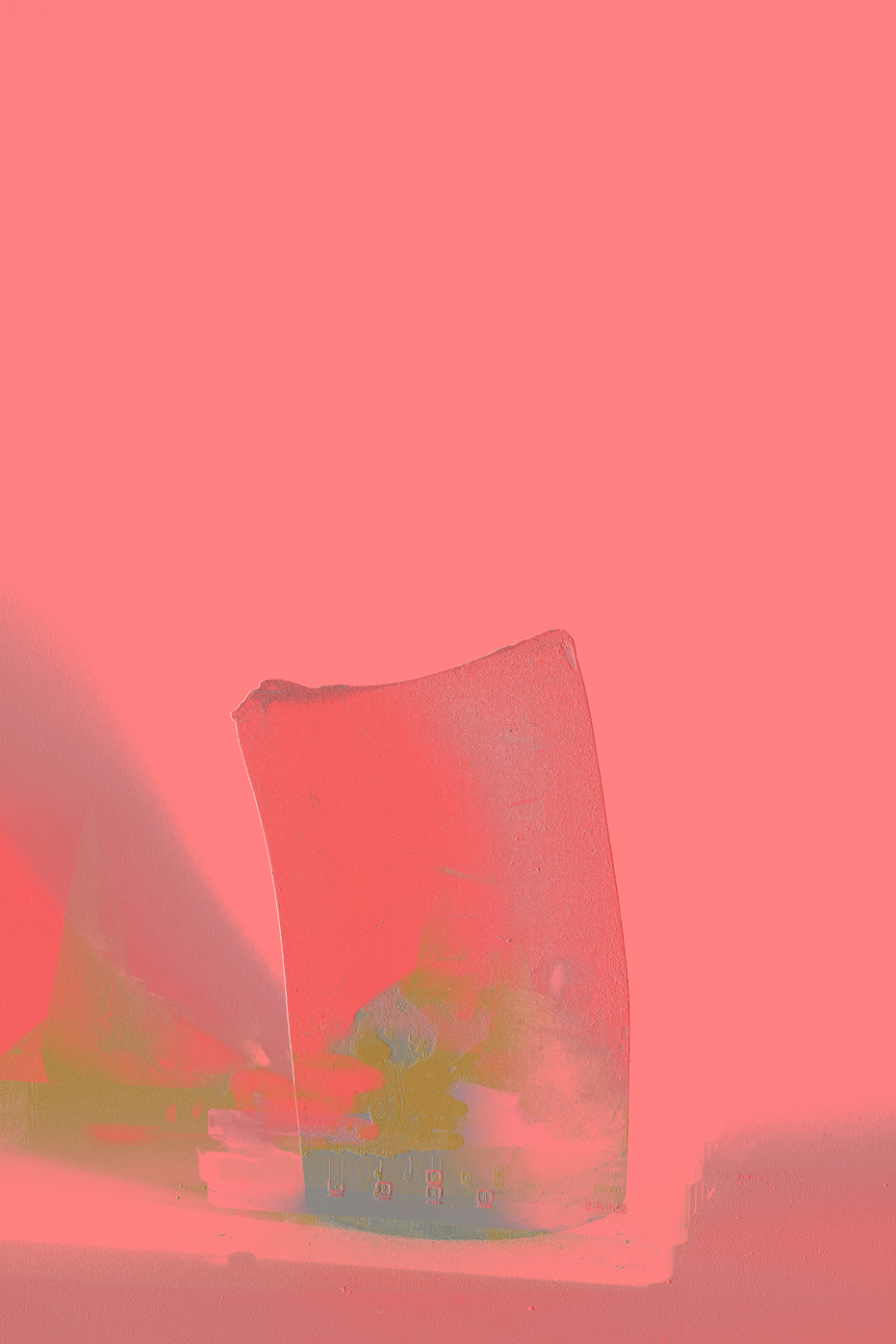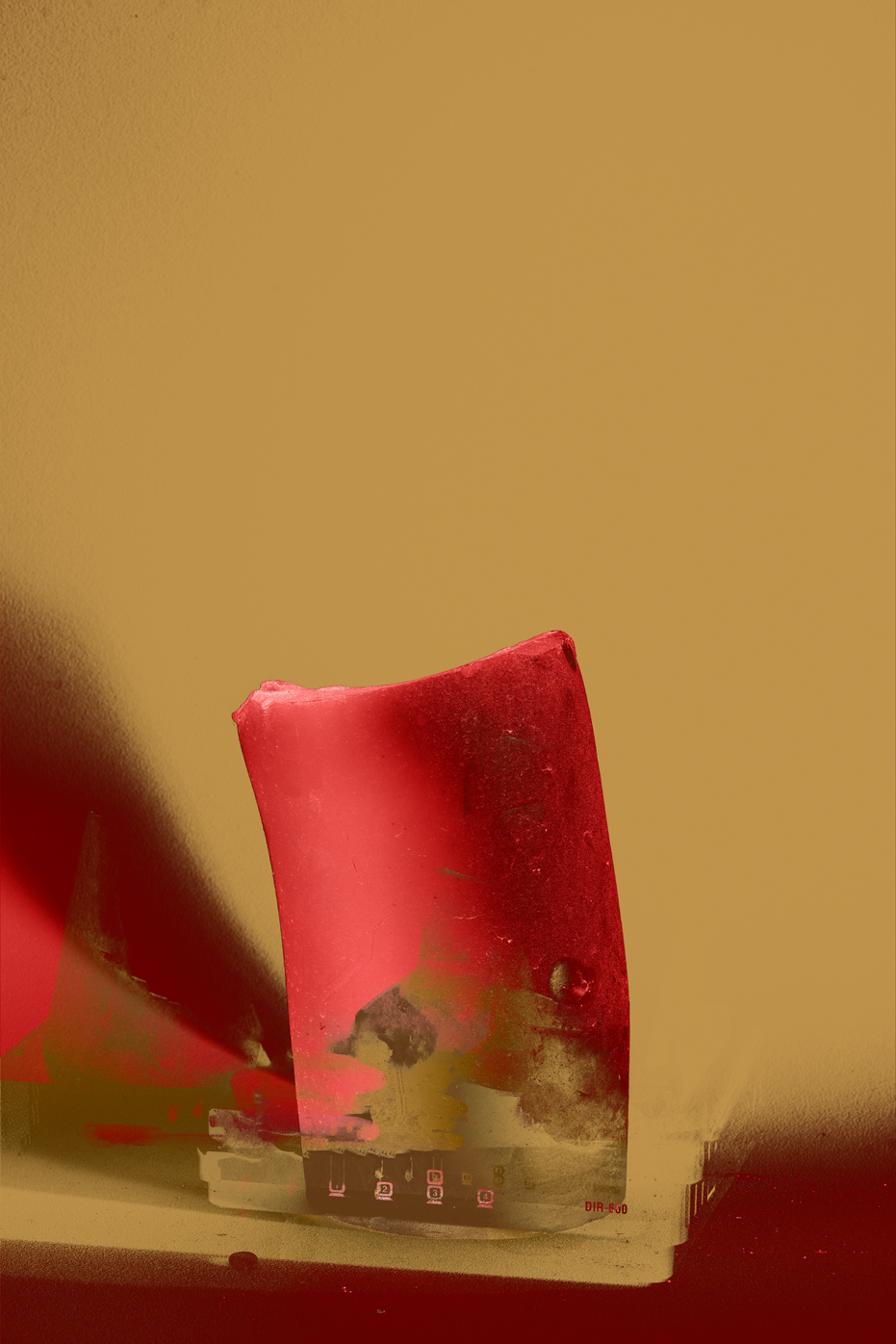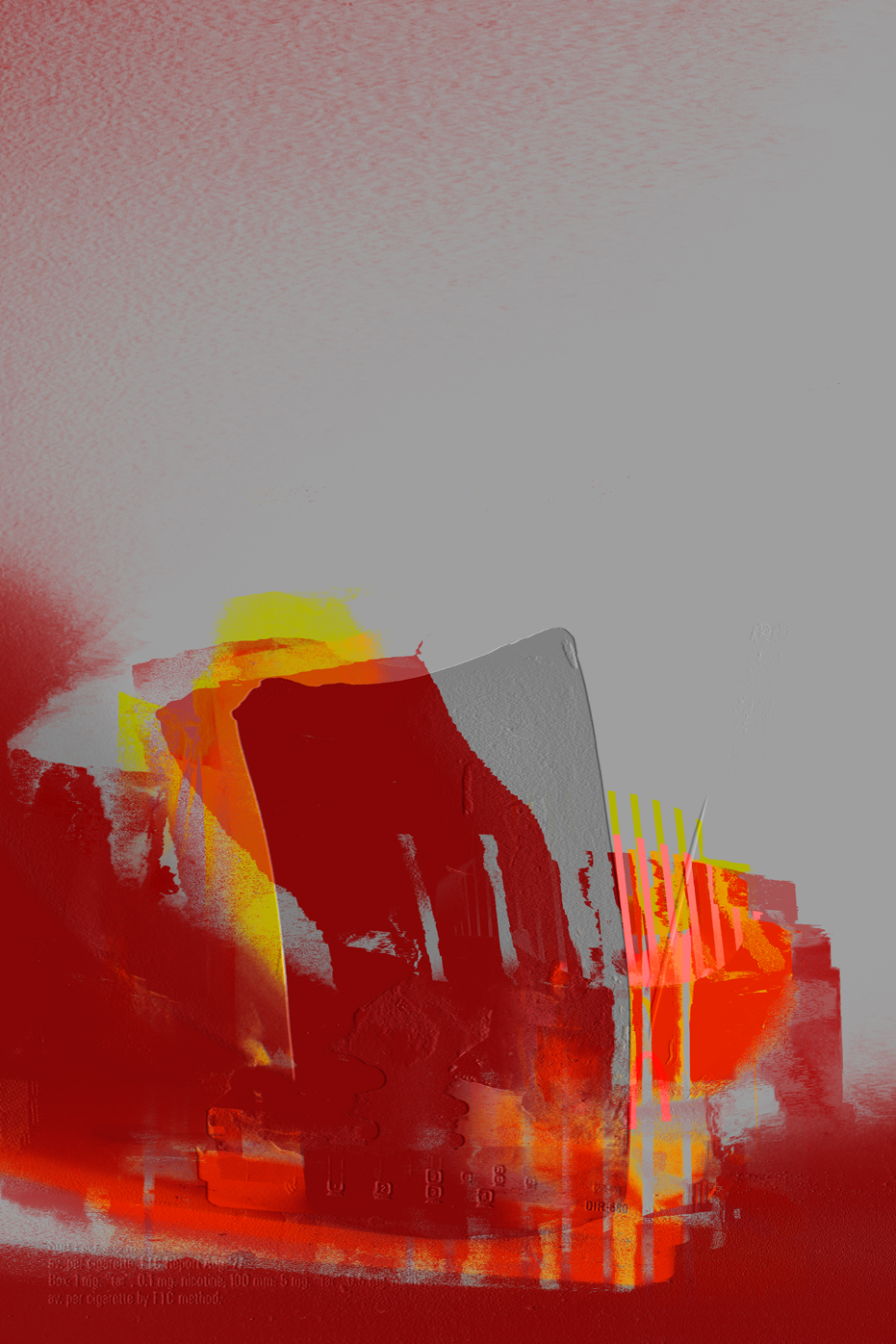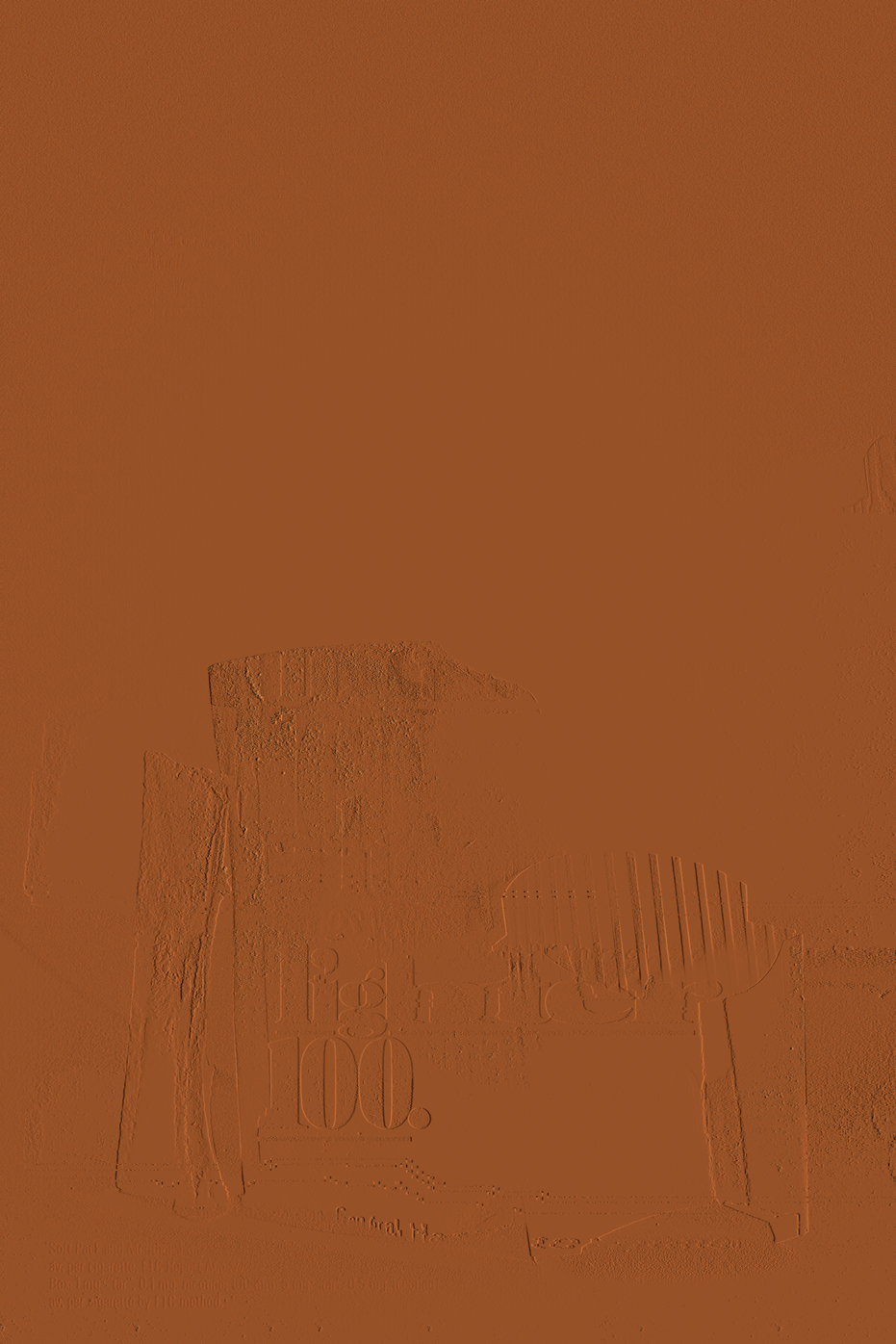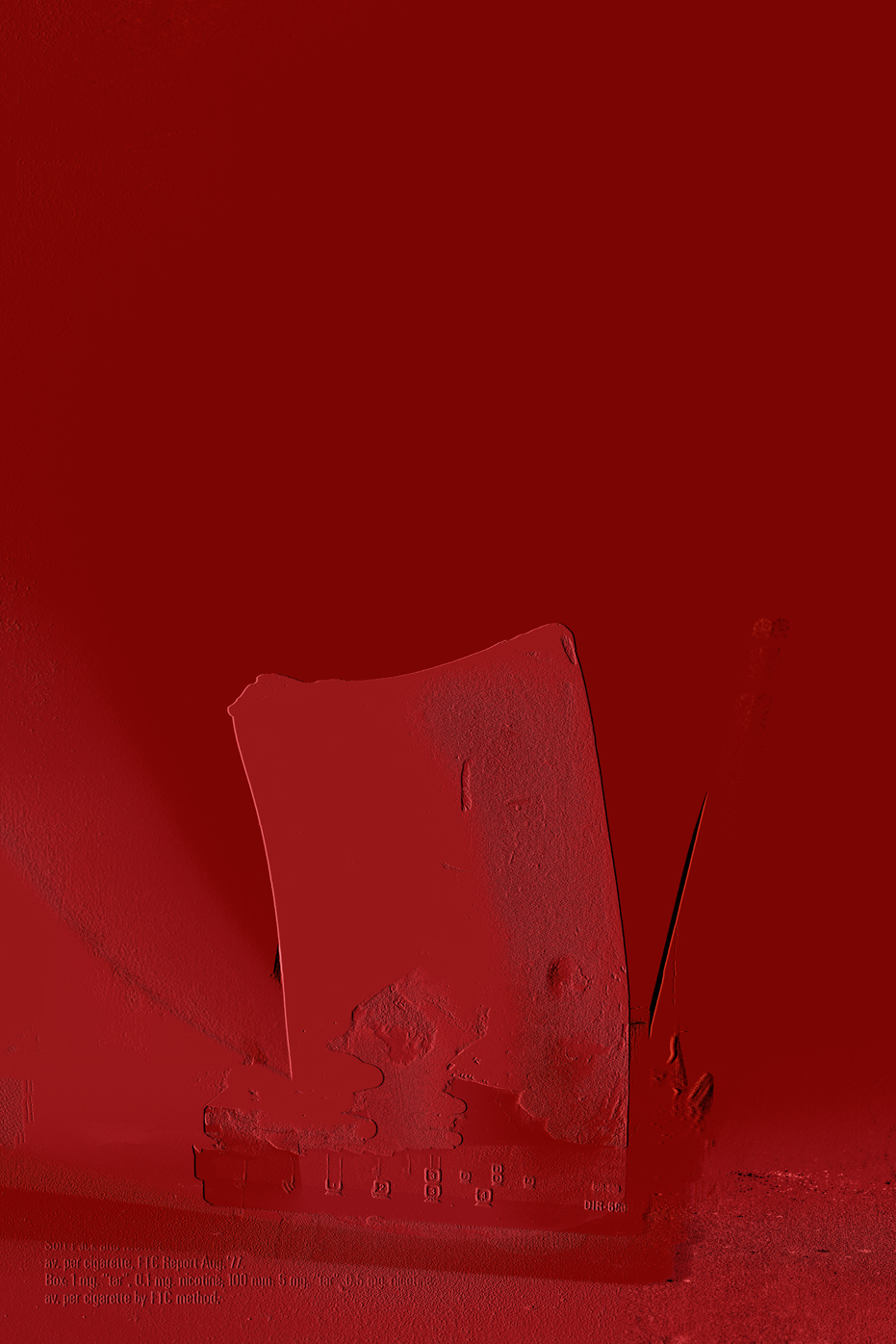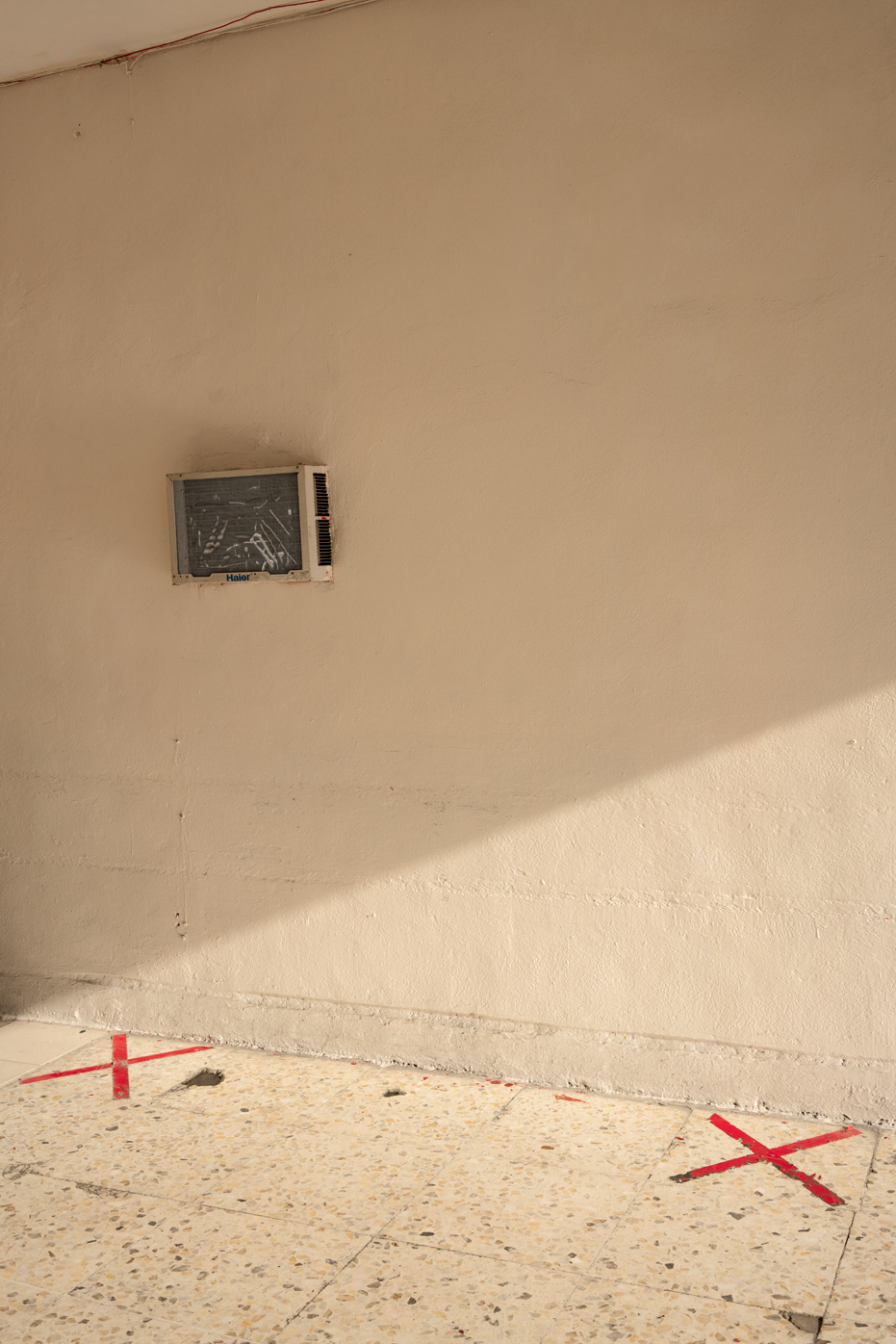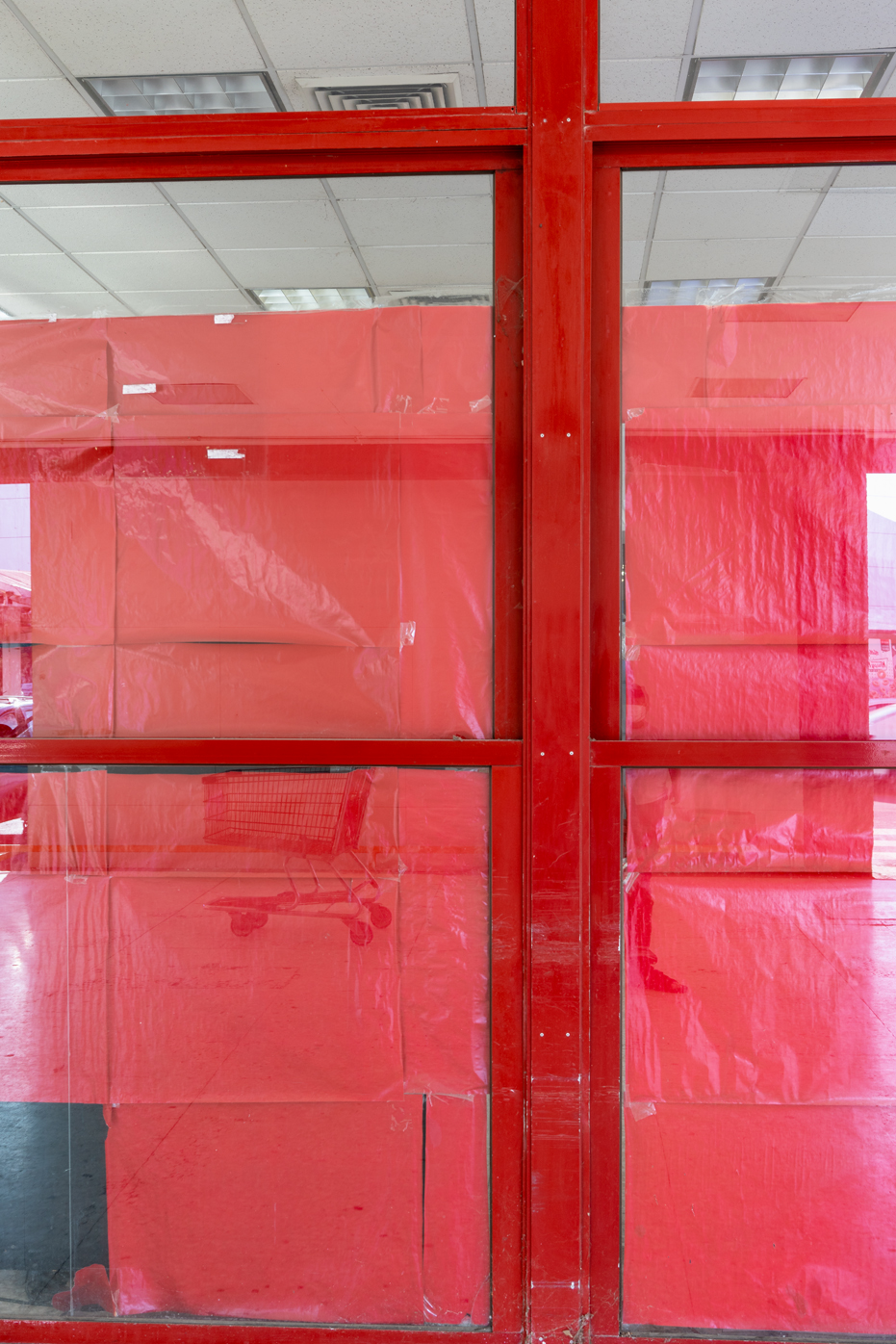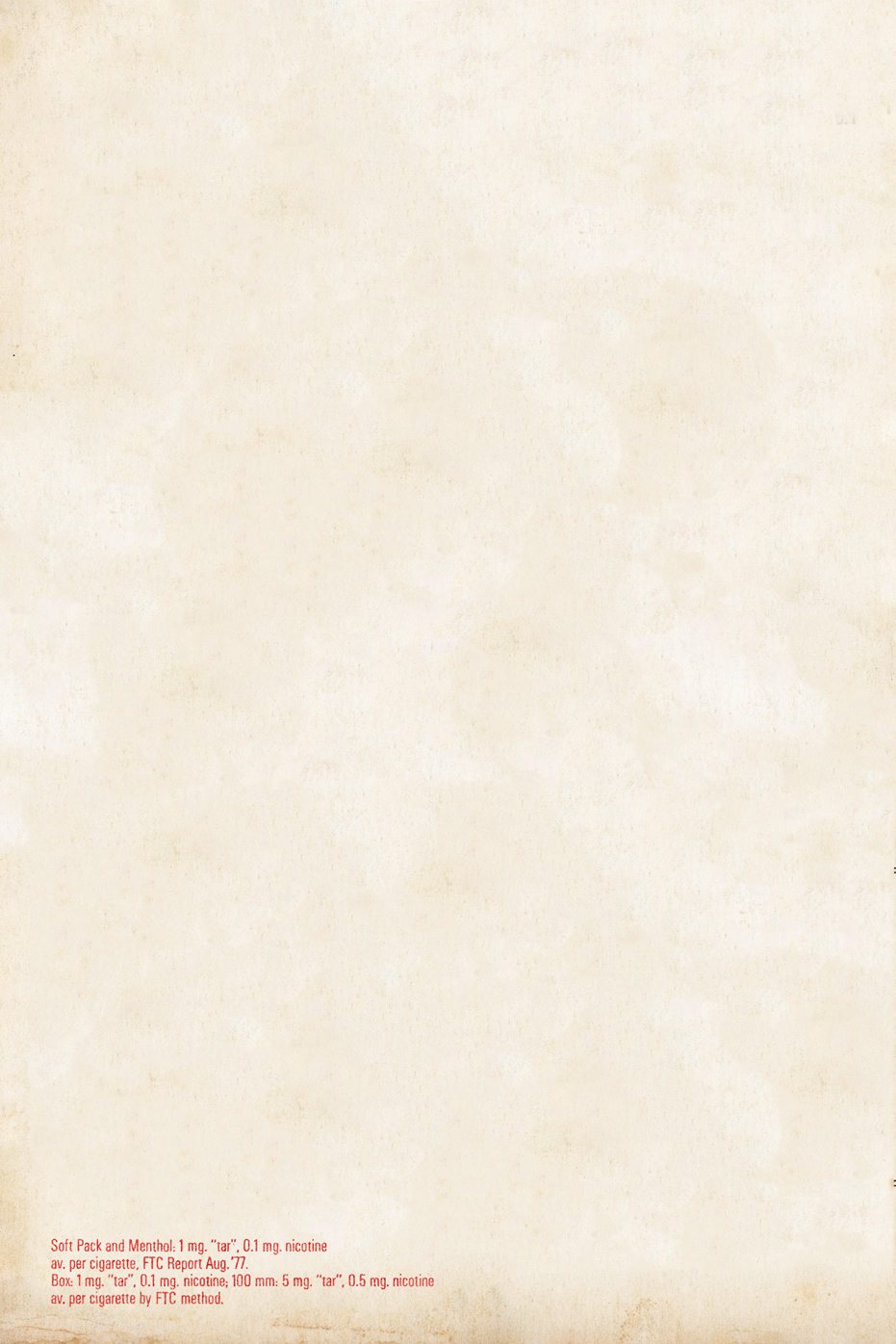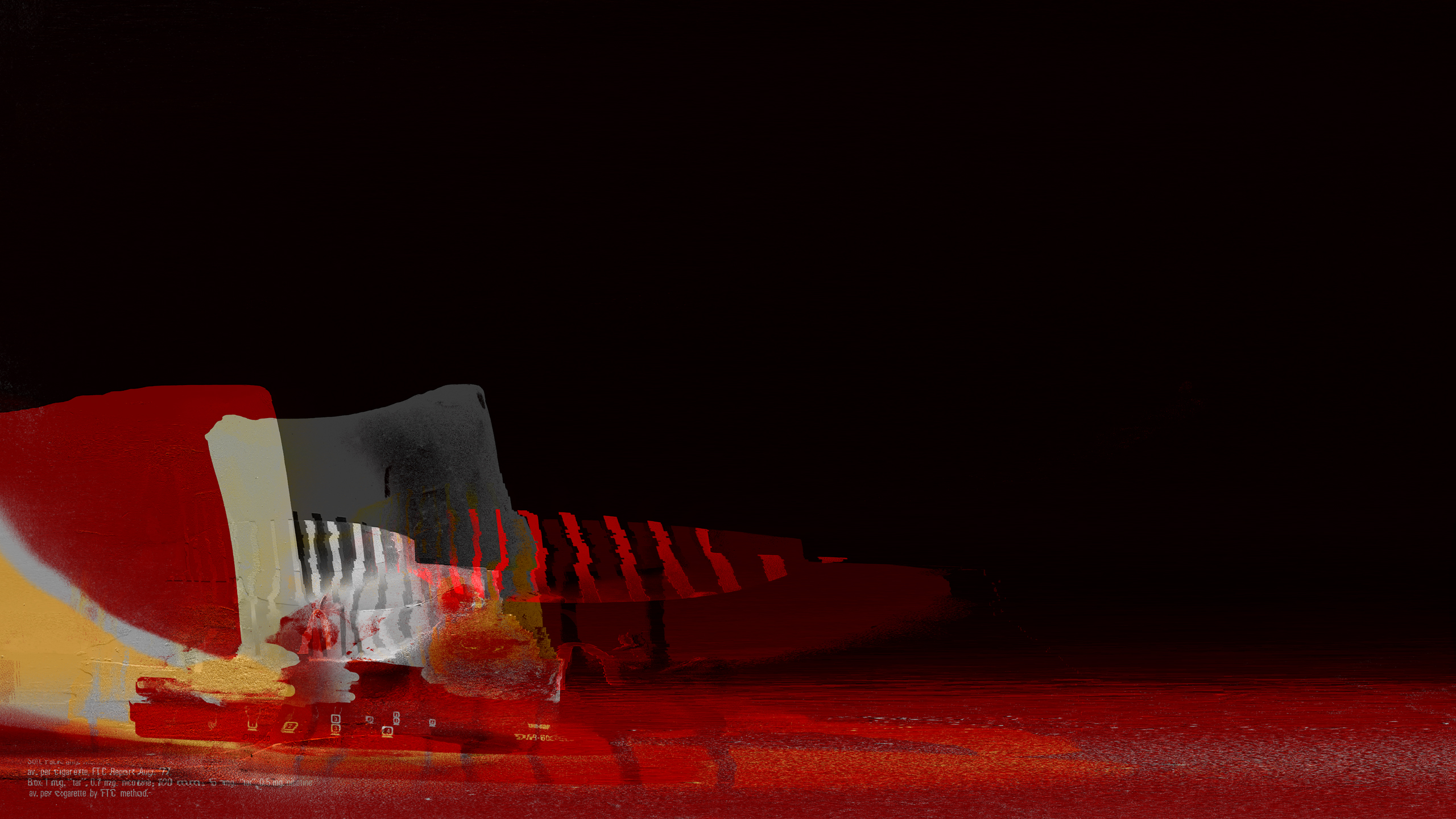PHOTOGRAPHIC DISPLACEMENTS
Chromatic infiltrations and photographic reassemblies. Sandpaper, hemoglobin, rust and erosion. Color as material and surface as tactile body.
(I)
Hanging by a Thread
In a conversation about the societal effects of social media, smartphones, and screens becoming proxies for experiences, a friend remarked: “It’s like a society sharing little written papers with one another, some even with pictures attached by paper clips. Weird, but not really that novel.”
As I left the coffee shop, a vague image formed in my mind, later becoming a retrievable memory: the film “Before Night Falls” by Julian Schnabel, about the struggles of Cuban poet Reynaldo Arenas. “It’s how people communicate in prisons,” I reminded myself, recalling the scene where inmates tied paper rolls to strings, spinning them fast enough to reach another cell. Nothing new indeed.
Except this time (with social media), the warden provides the string and the paper. In my mind, I saw officers patrolling the aisles, reading messages, discarding some, duplicating others, and deciding which to share with whom, while relaying relevant information to prison suppliers who stock the commissary accordingly. The warden controlled the stories circulating the aisles.
These thoughts evoked the concept of the demiurge in Platonic philosophy—a creative force mediating the ideal and the real, shaping and organizing the world. In modern times, I believe this role has been assumed worldwide by American big tech companies, dictating how information is presented to the public, manipulating our perceptions and mobilizing emotions according to their corporate interests. s
(II)
There’s Something Between Us and It’s Changing Our Words
How many messages arrive distorted because the phone wrongfully “corrected” a message? Movies like Videodrome, Poltergeist, and The Ring visualize this demiurge as an entity emerging from within television sets into the world—an invisible, difficult-to-pin-down agent that has an actual effect on how we construct subjectivity inhabits the screens.
Borges, the Argentinean writer, said: “mirrors are abominable because they multiply the number of men.” I would add, in the same vein, that screens are more abominable than mirrors because they multiply the amount of information.
Vinyl records produce sound as they spin at 33 1/3 rpm clockwise. When those conditions are met, we experience suspension of disbelief as a musical performance is rendered adeptly in our living room. At this point, if a finger pushes down against the record, the music will slow down, changing pitch as it approaches stillness and then silence.
Pushing the record continuously forward and then backwards, we would get a scratch sound. It is here where the medium itself would step in as noise to express itself, deeply related to this series. I am interested in the liminal point where the medium communicates itself, simultaneously obfuscating the signal it carries while expressing the medium it is. It expresses two dimensions at the same time: the signal encoded in musical language and the noise that revolts against it—like a spoken word becoming a growl as it moves beyond the point of a scream, or a dance move disorganizing itself as it approaches epilepsy.
(III)
Flags
Let me illustrate this further with a little story. Months ago, some very powerful wind gusts roamed the city, so intense they ripped many billboards apart. I stopped and witnessed the condition of the billboards as signs, only to give way to their new existence as flags when they dislodged themselves. Flags precariously exhibit their signs at the same time they describe the fluidity of wind.
At some point, a billboard ripped and detached from the structure and flew. The sign landed on top of a group of cars, causing a traffic accident. To witness that transduction between a sign shedding its former function only to become a plastic blanket was something to behold.
Days later, a huge Mexican flag on top of the Cerro del Obispado hill suffered a similar fate, only this one landed on top of some apartment buildings. And so, a symbol caused a wreck.
During the creation of these works, images behaved as solid objects, and color became a deployable material with sculptural potential. Could the digital canvas rip and become embodied? Could it oxidize?
Salt, Saliva; Metal.
Roberto Salazar
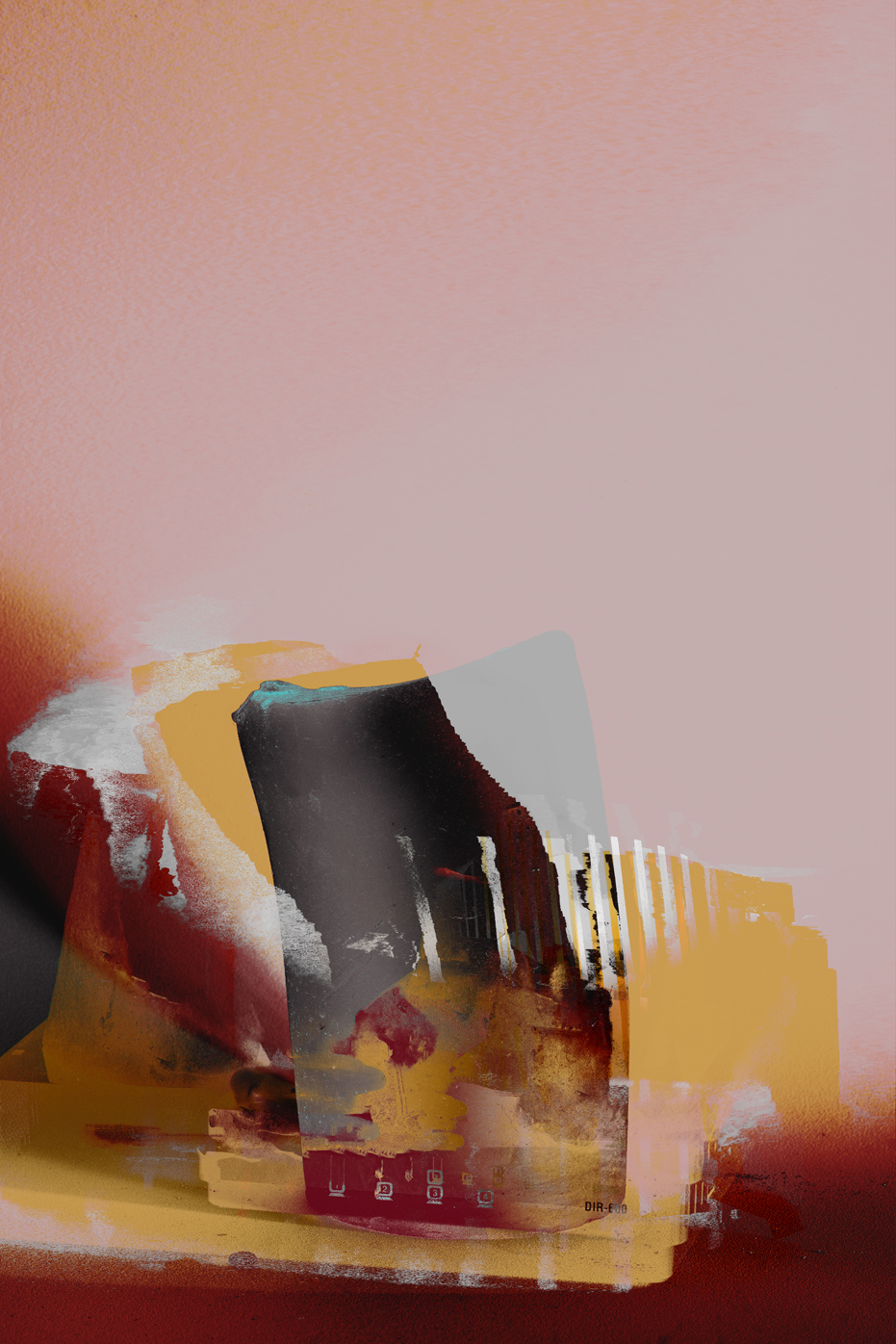
LD50 (You and I)
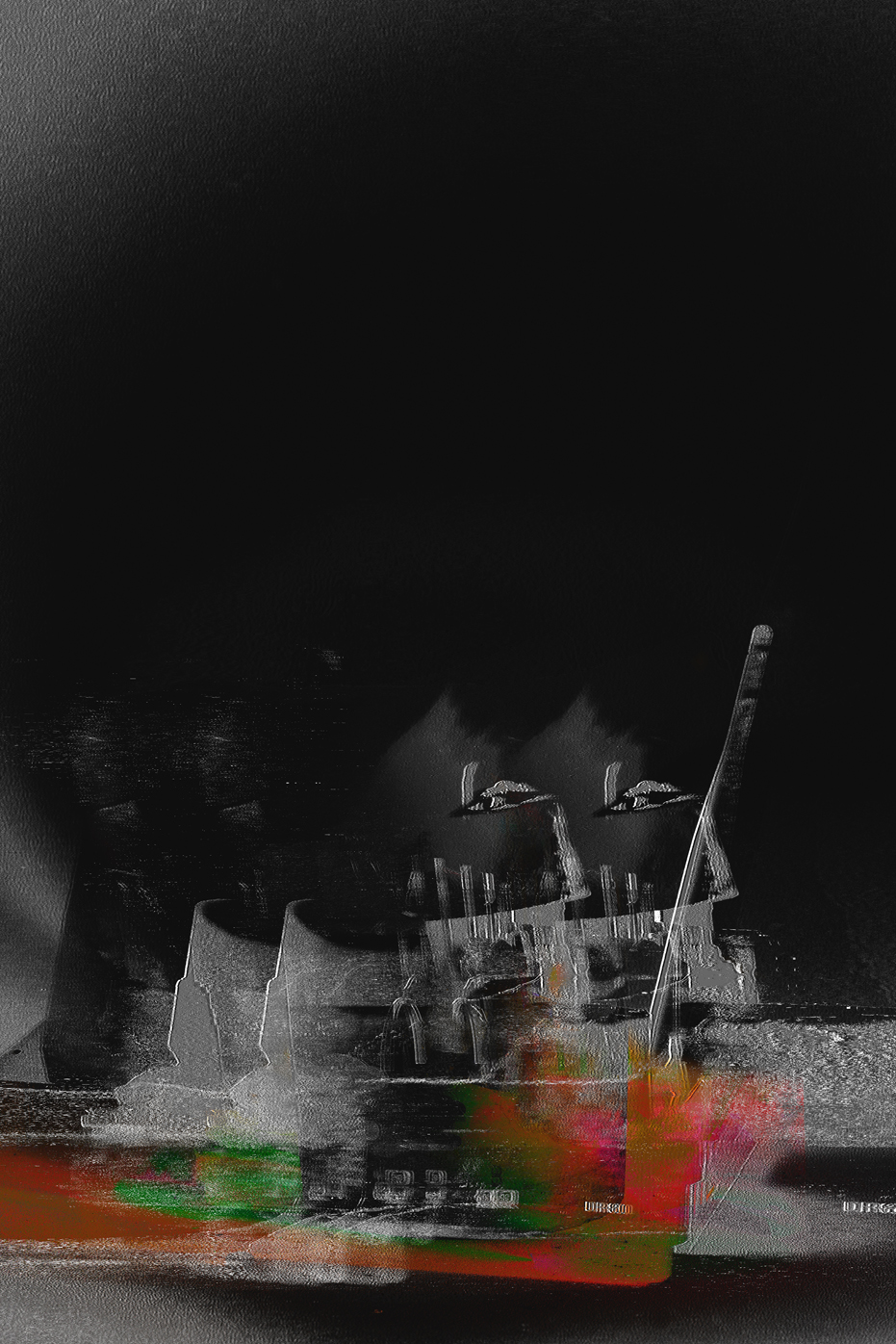
Umbra Still Life (Glimmering)
Archival giclée print on
Hahnemühle Photo Rag Metallic
26.5 x 40 in
Ed. of 5

Styrofoam, Windshield Wiper : Metal

